Click on images or Charmouth Home to return back.
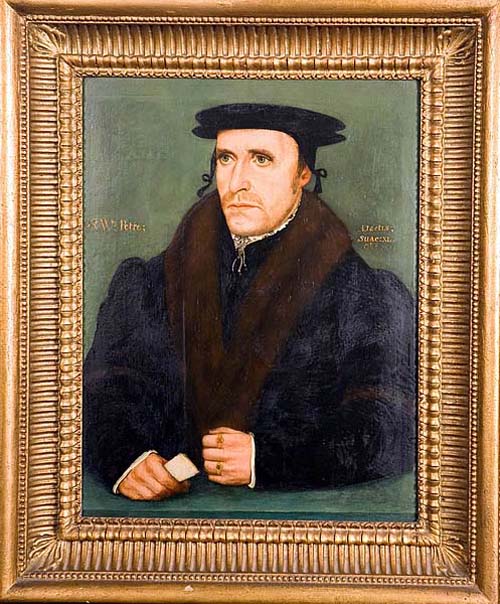
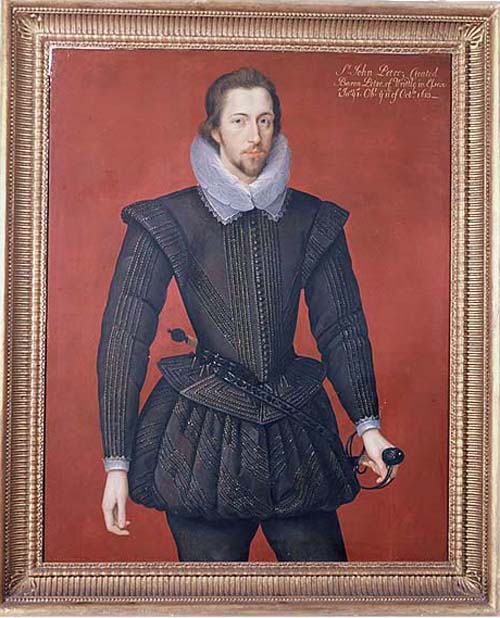
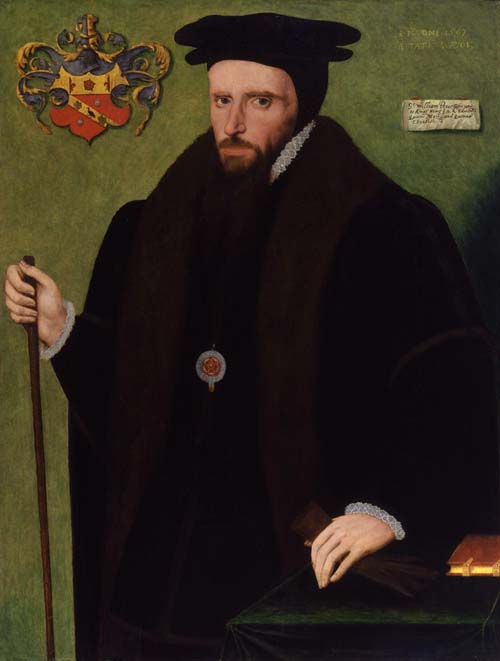
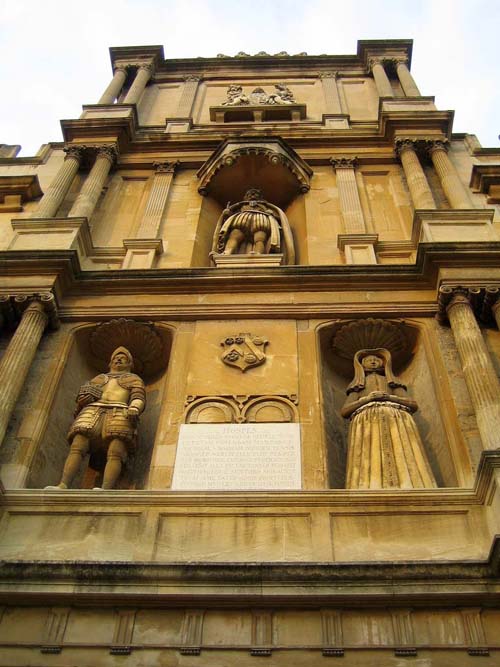
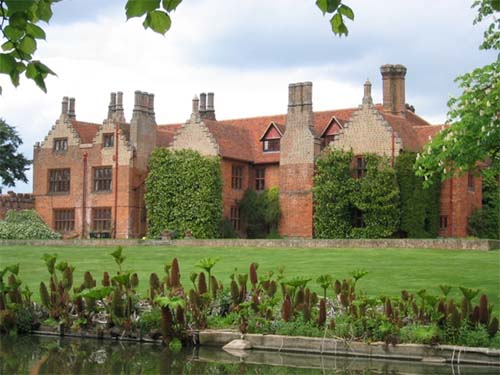
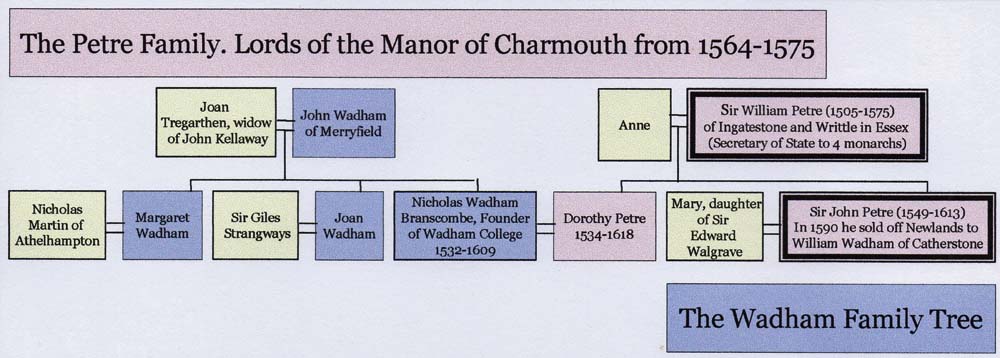
1564—1575 Petre Family
(i) Sir William Petre (1505-1572)
I have recently discovered that Sir William Petre had a Survey commissioned of Charmouth in 1564. It can now be seen amongst the Petre Papers ( 123M/E30) at the Devon Record Office in Exeter. It is very detailed and lists tenants and their properties, but is in old English and needs to be deciphered. When translated it would be of enormous value as it is a snapshot of the village as it appeared after 3 centuries of being owned by the Abbey. He was immensely wealthy and used his position of Secretary of State under four Monarchs to improve his position. He is known to have had over 36,000 acres in Devon alone. He lived in a huge Mansion at Ingatestone in Essex, where succeeding generations continued to live. On the death of Sir Henry Grey, third Marquis of Dorset, and that of his daughter, Lady Jane Grey (The Queen for a Day), all the family properties were confiscated by the Crown, and it was to Sir William Petre, her principal Secretary of State, that Queen Mary granted many of the great estates, including the Manor of Shute, near Axminster. He was in a favourable position to take advantage of the break up of the monastic estate. His daughter Dorothy married Nicholas Wadham of Branscombe, Devon and inherited part of his wealth and was able to assist in building and endowing Wadham College in Oxford. Another branch of the Wadhams were also Lords of the Manor of Catherston , which adjoins Charmouth and were briefly owners of Newlands Farm.
(ii) Sir John Petre (1549-1613)
John Petre was the only surviving son of the statesman Sir William Petre by his second wife Anne, daughter of William Browne. He sat as a M.P. for Essex from 1584 to 1587 and also served as Lord Lieutenant of Essex. In 1603 he was raised to the peerage as Baron Petre, of Writtle in the County of Essex by James I. He publicly acknowledged that he was a Roman Catholic and his descendants have remained loyal to Catholicism ever since.
Both the present day “Elms” and “Limes” on the Street have deeds that show in 1575 they belonged to Sir John Petre and were being leased for 2,000 years by him. Pavey mentions that two other houses in Charmouth had similar leases, but had been lost. Later in 1590 Sir John severed Newlands Farm off from the Manor when it was sold to William Wadham of Catherston.
Lease. 1 John Hassard the elder of Lyme Regis, merchant. 2 Nicholas Dawe of Lyme Regis, yeoman.
Recites that the property was leased to 1 in 1575 by John Petre [Peters] of Writtle, Essex, esq for a term of 2000 years 1 to 2 Consideration: 360 Rent: 1s pa Term: 99 years Property: Coome Moore (24 a) and Coome Moore Meede, bounded by land of John Wadham of Catherston, esq called Hogseter and Brodland to the north, and land of John Peters [Petre] called Parke, to the east and Netherbarres and Grange to the south. Also bounded by land called Newers Close and Lange Moores to the west.1 Oct 1620 (D1265 2/1)
Joan Chapple alias Hutchins of Charmouth, spinster
2 Edward Edwards of Lyme Regis, merchant Abraham Podger of Whitchurch, yeoman
Recites tha the property was leased to Richard Piers by John Petre in 1575 for a term of 2000 years. The property has since passed to the hands of Andrew Lymbry who mortgaged it to William Lymbry in 1665 for a sum of £120.
Andrew Lymbury defaulted on payment and has therefore forfeited his estate in the property. William Lymbry died in 1674 leaving 1 as his executrix. 1 to 2 in trust
Property: Mans Tenement comprising 4 dwelling houses, 2 of which were burnt by 1665, Mans Mead (2a) and Mans Common (1a) in Charmouth (D-1265/2/2)